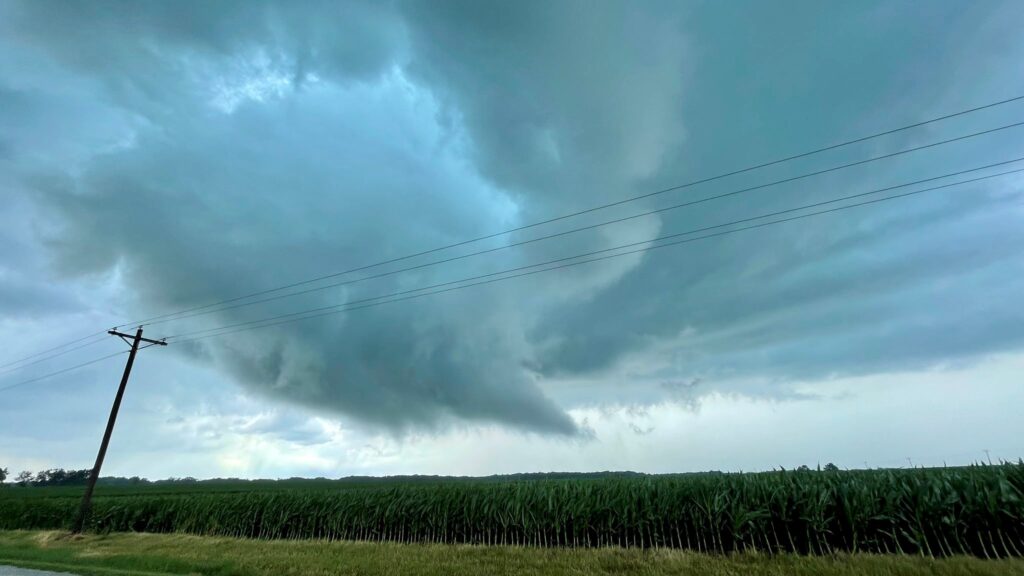I have owned my Tesla Model 3 for a little over 6 months now. We recently received the "Vehicle may not restart" warnings and subsequently, the entire car bricked. I called Tesla and they towed it in without issue. They notified me it had been resolved after 5 days and I could come to pick it up.
I assumed whatever was wrong with it would be covered under warranty. However, they charged me $800 for two harnesses (HV Battery to PTC Heater and AC Compressor) and a new 12V battery. They claimed it was due to water getting in the left front motor area and driving in too deep of water. I asked how deep one would have to go in water to experience this issue and they could not tell me.
I was out of town and my wife and daughter claim they did not drive it in the rains. Normally, I keep the car in the garage but it was out for one night of really heavy rainstorm. Has anyone else experienced this issue?
I assumed whatever was wrong with it would be covered under warranty. However, they charged me $800 for two harnesses (HV Battery to PTC Heater and AC Compressor) and a new 12V battery. They claimed it was due to water getting in the left front motor area and driving in too deep of water. I asked how deep one would have to go in water to experience this issue and they could not tell me.
I was out of town and my wife and daughter claim they did not drive it in the rains. Normally, I keep the car in the garage but it was out for one night of really heavy rainstorm. Has anyone else experienced this issue?



